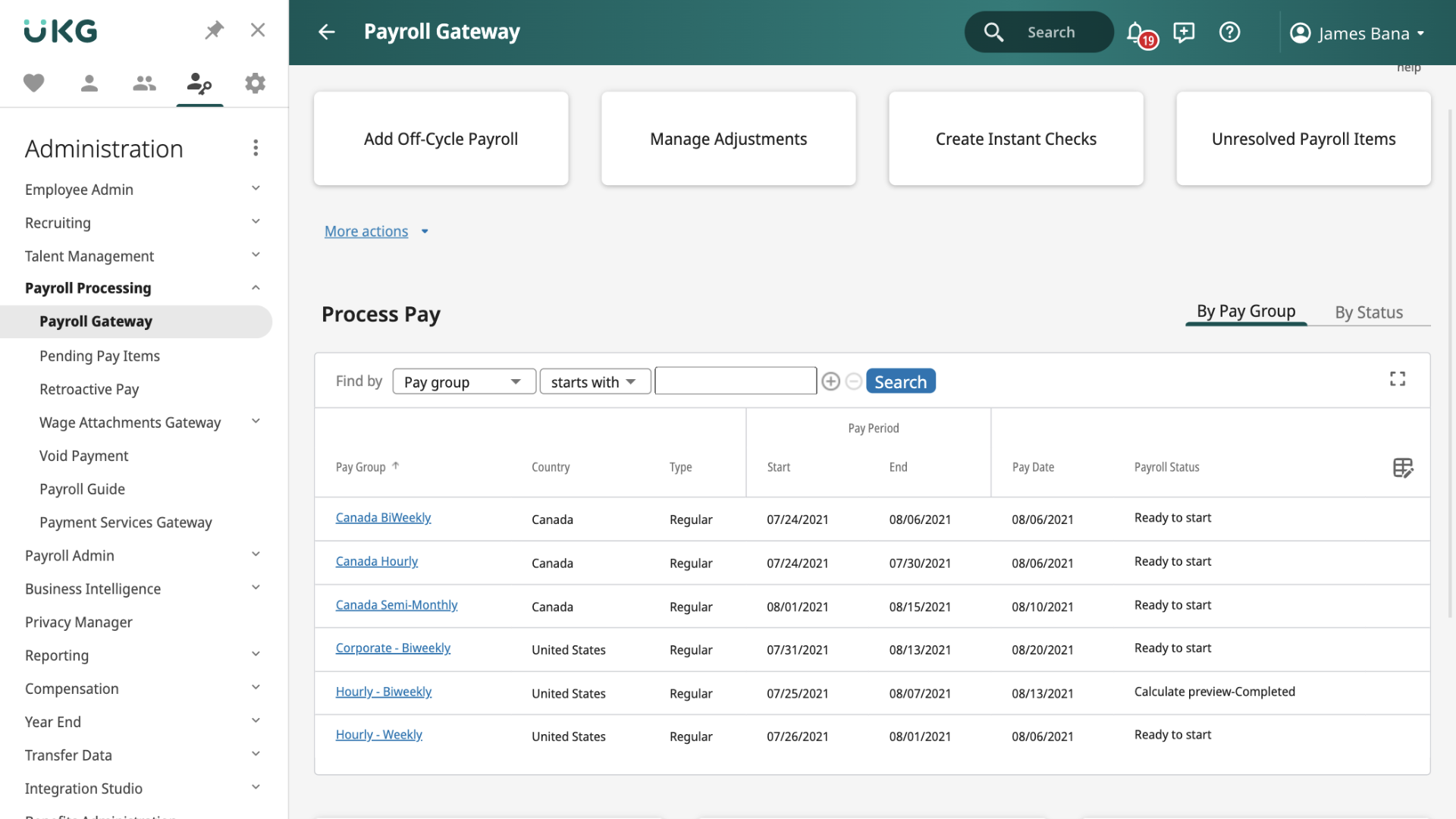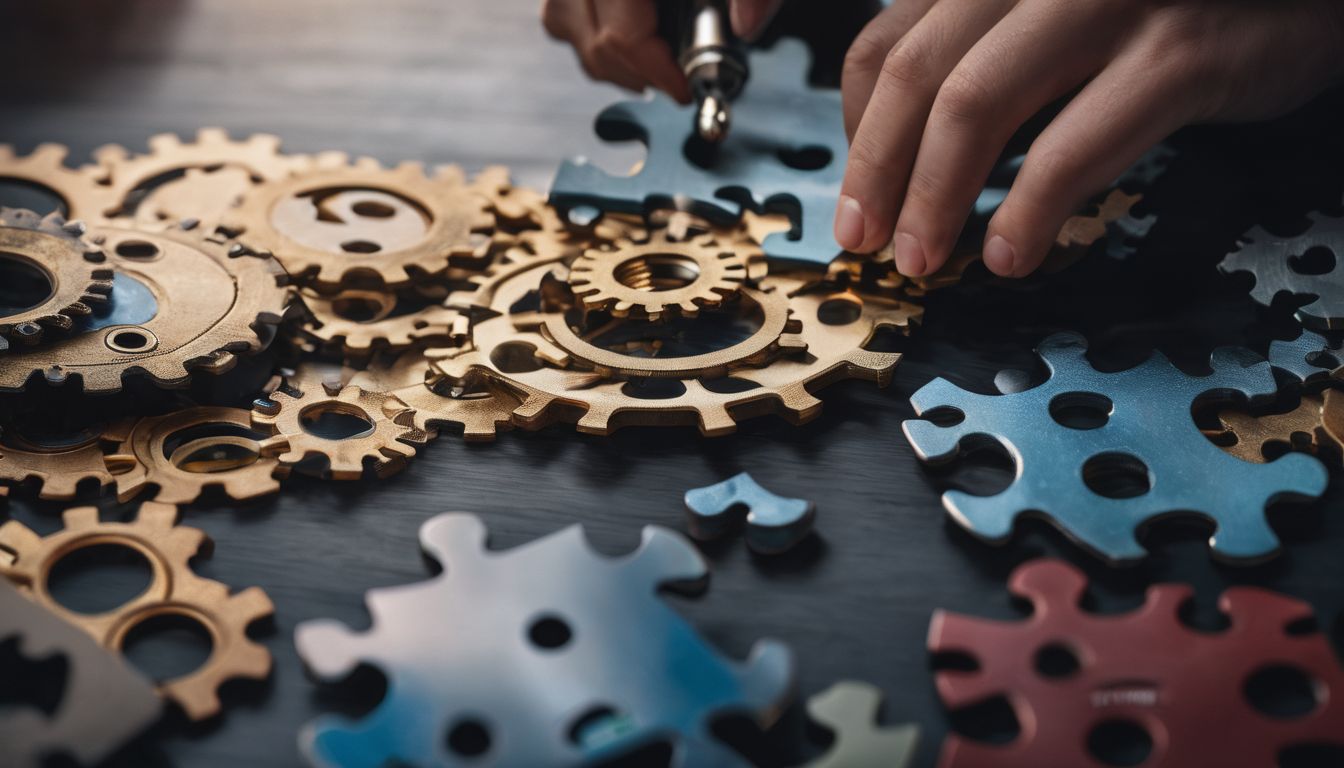Do you ever wonder how your thermostat adjusts the temperature before you arrive home, or how your coffee machine knows when to brew? Welcome to the world of IoT (Internet of Things), where ordinary objects are interconnected and work in harmony.
This article will guide you through this unique ecosystem, highlighting its profound potential while addressing critical concerns such as data privacy. So, are you ready to explore an interconnected world that’s redefining our everyday experiences?.
Key Takeaways
- The IoT ecosystem is a network of interconnected devices and sensors that work together to create a smarter world.
- Data collection and analysis are fundamental to the IoT ecosystem, allowing for improved automation, connectivity, and efficiency in various systems.
- Automation and remote control are revolutionizing the way we interact with everyday objects, making our lives easier and more convenient.
- Artificial intelligence and machine learning play crucial roles in making the IoT ecosystem smarter and more efficient.
Core Concepts of the IoT Ecosystem
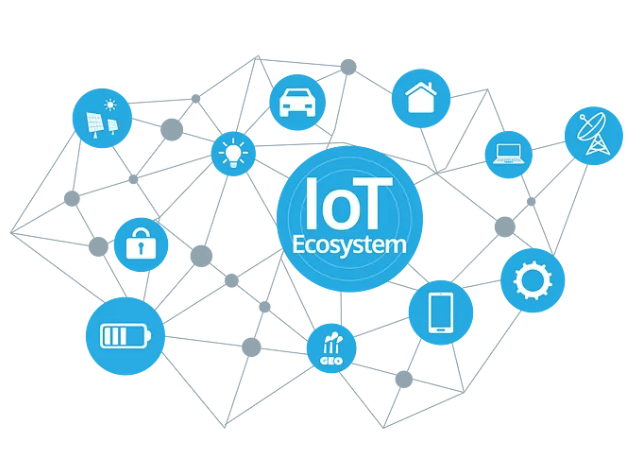
The IoT ecosystem revolves around interconnected devices and sensors, data collection and analysis, automation and remote control, as well as the integration of artificial intelligence and machine learning.
Interconnected devices and sensors
Interconnected devices and sensors form the backbone of our IoT ecosystem. Our daily activities involve various ordinary objects from thermostats to coffee machines, fitness bands, and even lighting fixtures that we control with a simple tap on our smartphones.
These devices communicate with each other through internet connectivity, gathering data about user habits and environment. The collected information is later processed for giving users improved automation capabilities or insights into their lifestyle patterns.
The inclusion of advanced sensors in these devices allows them to perform sophisticated tasks beyond human capacity such as predicting weather changes or diagnosing health anomalies at an early stage.
This integration has broadened the scope of possibilities and led us towards building a smarter world powered by IoT technology.
Data collection and analysis
Data collection and analysis are fundamental aspects of the IoT ecosystem. With the proliferation of interconnected devices, we can gather and analyze a vast amount of data on a daily basis.
Ordinary objects such as thermostats, coffee machines, and fitness bands can now collect data and provide valuable insights. This innovation allows for improved automation, connectivity, and efficiency in various systems.
The possibilities are endless when it comes to creating a smarter world through connected devices and interconnected systems. With advancements in technology, seamless integration with smart technology is becoming the norm.
Artificial intelligence, cloud computing, and big data analytics play crucial roles in processing the collected data efficiently. Sensor networks ensure reliable wireless communication between devices while enabling automation at every level.
By leveraging these technologies, businesses can gain actionable insights from the massive amounts of data being generated by their IoT devices. From optimizing operations to improving customer experiences, data collection and analysis are transforming industries across healthcare, transportation, manufacturing,and more.
Automation and remote control
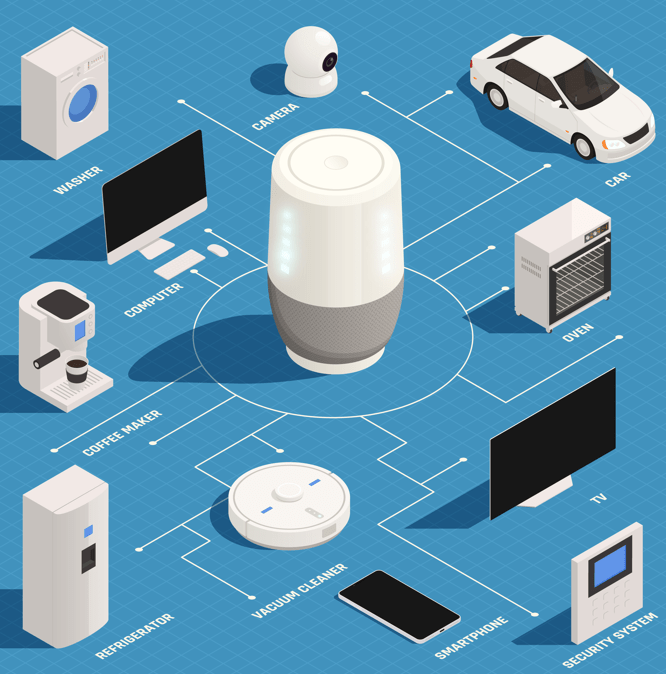
Automation and remote control are key aspects of the IoT ecosystem that are revolutionizing the way we interact with everyday objects. With advancements in technology and improved connectivity, ordinary objects like thermostats, coffee machines, and fitness bands can now be connected to the internet.
This allows for automation and remote control, making our lives easier and more convenient. Imagine being able to adjust your thermostat or brew a cup of coffee from your smartphone while still lying in bed! The possibilities are endless as interconnected systems become smarter and more integrated with our daily lives.
Artificial intelligence and machine learning
Artificial intelligence (AI) and machine learning are revolutionizing the IoT ecosystem, making it smarter and more efficient. Through AI algorithms, connected devices can learn from data collected by sensors, enabling them to adapt and make decisions without human intervention.
This automation allows for improved connectivity between devices and systems, creating a seamless integration of smart technology in our daily lives. As advancements in technology continue to evolve, the future of connectivity will rely heavily on AI and machine learning, paving the way for a world where ordinary objects like thermostats, coffee machines, and fitness bands become intelligent entities capable of enhancing our lives.
Security and Privacy Concerns in the IoT Ecosystem
Data breaches and cybersecurity risks, privacy implications of constant data collection, and ensuring secure communication between devices are some of the key security and privacy concerns in the IoT ecosystem.
Discover how these challenges can be addressed to create a safer and more private interconnected world. Read more about it here!
Data breaches and cybersecurity risks
Data breaches and cybersecurity risks are major concerns in the IoT ecosystem. With the increasing number of interconnected devices and systems, there is a higher risk of unauthorized access to sensitive data.
Hackers can exploit vulnerabilities in these devices to gain access to personal information or even control them remotely for malicious purposes. This highlights the importance of implementing strong security measures, such as secure communication protocols and encryption, to safeguard data and ensure privacy in the connected world of tomorrow.
It is crucial for manufacturers, developers, and users alike to stay informed about the latest cybersecurity threats and take proactive steps to protect themselves against potential attacks.
Privacy implications of constant data collection
Constant data collection in the IoT ecosystem raises significant privacy concerns. As ordinary objects like thermostats, coffee machines, and fitness bands become connected devices, our daily lives are increasingly intertwined with technology.
While this innovation brings convenience and automation, it also means that our personal information is constantly being collected and analyzed. This constant monitoring of our activities can raise questions about who has access to our data and how it is being used.
It is crucial for companies to prioritize secure communication between devices and implement robust privacy measures to protect individuals’ sensitive information in this connected world.
Ensuring secure communication between devices
To ensure the secure communication between devices in the IoT ecosystem, various measures must be implemented. Encryption plays a crucial role in protecting data as it travels between interconnected devices.
By using encryption algorithms, sensitive information becomes unreadable to unauthorized individuals. Additionally, strong authentication mechanisms, such as two-factor authentication, can be employed to verify the identity of devices and users before granting access to critical systems.
Regular software updates are also essential to patch any vulnerabilities that could potentially compromise security. Implementing these measures ensures that data transmitted between devices remains confidential and protected from unauthorized access or malicious attacks.
The Future of the IoT Ecosystem
The future of the IoT ecosystem holds great potential for advancements in technology and connectivity, as it continues to integrate with smart homes, cities, and industries. With the ability to connect and automate ordinary objects on a daily basis, we can expect to see its applications expand into healthcare, transportation, and more.
This interconnected world will pave the way for a smarter and more efficient future.
Advancements in technology and connectivity
Advancements in technology and connectivity have transformed our daily lives, creating a more interconnected world than ever before. Ordinary objects like thermostats, coffee machines, and fitness bands are now equipped with internet connectivity to enhance their functionality.
This innovation allows us to control these devices remotely and receive real-time data on our smartphones or tablets. Moreover, automation is becoming increasingly prevalent as systems intelligently communicate with each other to streamline tasks and make our lives easier.
Improved connectivity has also paved the way for seamless integration of smart technology into various aspects of our lives, making way for a smarter world filled with connected devices and interconnected systems.
The future of connectivity holds exciting possibilities as advancements in technology continue to evolve rapidly. The Internet of Things (IoT) promises even greater integration between devices and networks through wireless communication channels.
These advancements are fueled by artificial intelligence, cloud computing, big data analytics, and sensor networks that enable efficient processing of information across multiple devices simultaneously.
Integration with smart homes, cities, and industries
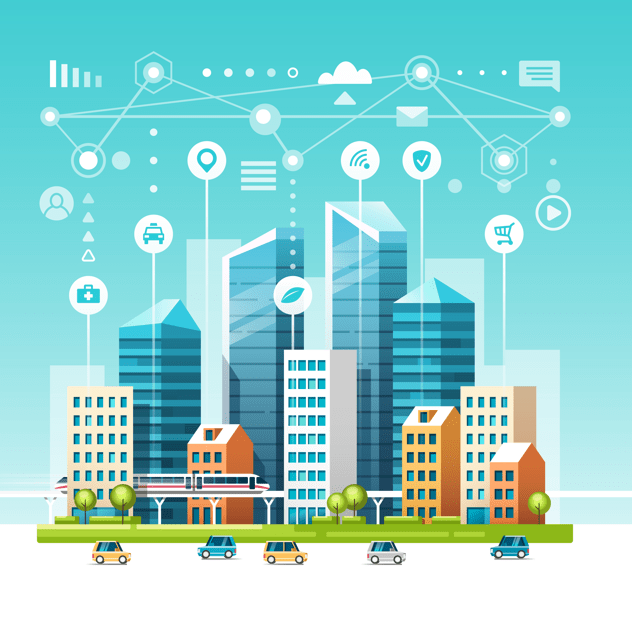
The future of the IoT ecosystem holds endless possibilities for integration with smart homes, cities, and industries. With advancements in technology and connectivity, everyday objects like thermostats, coffee machines, and fitness bands can become interconnected devices that communicate seamlessly with one another.
This improved connectivity allows for automation and innovation in various industries, making our world smarter and more efficient. In smart homes, for example, you can control lighting, temperature, and security systems through your smartphone or voice commands.
In smart cities, sensors embedded in infrastructure can monitor traffic flow to optimize transportation routes or detect maintenance issues before they become major problems. And in industries such as healthcare or manufacturing, IoT devices enable real-time data collection for predictive analysis and streamlined processes.
Potential applications in healthcare, transportation, and more
The IoT ecosystem holds immense potential in various sectors, including healthcare and transportation. In healthcare, connected devices can monitor patients’ vital signs remotely, enabling early detection of medical issues and improving patient care.
Moreover, wearable fitness bands can track physical activity levels and provide personalized recommendations for a healthier lifestyle. In transportation, the integration of IoT technology allows for real-time monitoring of traffic patterns and predictive maintenance of vehicles to minimize breakdowns.
Additionally, smart city initiatives leverage the IoT to optimize public transportation systems and reduce congestion on our roads. With the advancements in connectivity and automation brought by the IoT ecosystem, it’s exciting to envision a future where everyday objects become smarter and interconnected, creating endless possibilities for innovation across industries.
Conclusion: Embracing the Interconnected World of Tomorrow
Embrace the interconnected world of tomorrow with the IoT Ecosystem. Connected devices, improved connectivity, and automation are opening up new possibilities for a smarter world. With advancements in technology and seamless integration, we are heading towards an exciting future of connectivity where ordinary objects become extraordinary.
FAQs
What is the “IoT Ecosystem – The Interconnected World of Tomorrow”?
The IoT Ecosystem refers to a network of physical devices connected through evolving technology, creating an interconnected world for tomorrow.
How does this IoT Ecosystem work?
Data connectivity allows these devices in the IoT ecosystem to communicate and exchange information, contributing to our ever-evolving technological landscape.
Is the ‘IoT ecosystem’ only for future technologies?
No, the term ‘Interconnected World of Tomorrow’ signifies its ongoing influence on present technologies while continually shaping those we’ll use in the future.
Can anyone benefit from this interconnected world?
Absolutely! From businesses exploiting data connectivity for efficiency improvements to individuals enjoying enhanced user experiences; everyone stands to gain from this futuristic IoT ecosystem.


